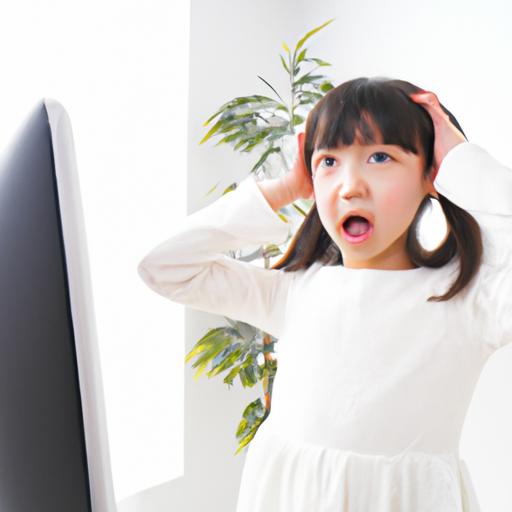In today’s rapidly evolving technological landscape, Emotion AI has emerged as a groundbreaking field that bridges the gap between human emotions and artificial intelligence. By analyzing facial expressions, voice intonations, and even body language, Emotion AI aims to understand and process human emotions to create more responsive and empathetic machines.
What is Emotion AI?
Emotion AI, also known as affective computing, is a subfield of artificial intelligence that focuses on enabling machines to recognize and respond to human emotions. Leveraging advanced machine learning algorithms, Emotion AI can interpret emotional cues from various inputs, such as text, speech, and visual data. This technology aims to enhance user experiences by personalizing interactions based on emotional responses.
The Technology Behind Emotion AI
At the core of Emotion AI lies a combination of computer vision, natural language processing, and speech recognition. Here’s a breakdown of how these technologies contribute:
- Computer Vision: Recognizes facial expressions to determine emotional states.
- Natural Language Processing: Analyzes text and spoken language to gauge sentiment.
- Speech Recognition: Detects emotional tone and pitch variations in voice.
Applications of Emotion AI
Emotion AI is gaining traction across various industries. Here are some notable applications:
- Customer Experience: Companies use Emotion AI to analyze customer feedback and emotional reactions during interactions, enhancing service and support.
- Healthcare: Emotion AI tools can monitor patients’ emotional health, aiding in diagnosing conditions like depression or anxiety.
- Entertainment: Gaming and film industries utilize Emotion AI to create adaptive content that reacts to audience emotions, providing a more immersive experience.
- Education: Customizes learning experiences based on students’ emotional responses, promoting better engagement and retention.
The Future of Emotion AI
As Emotion AI technology advances, its integration into daily life is likely to grow. The ability of machines to understand human emotions could lead to more intuitive interpersonal interactions, enhancing everything from customer service to mental health care. However, ethical considerations surrounding privacy and consent must be addressed as these technologies develop.
Conclusion
Emotion AI represents the frontier of merging emotional intelligence with technological innovation. By enabling machines to respond empathetically to human emotions, we are paving the way for a future where technology is not just smarter, but also more human-centric. The impact of Emotion AI will likely redefine our relationship with technology, making it a crucial area of development for businesses and researchers alike.
Stay tuned for more updates on how Emotion AI is shaping the future of our interactions with technology!










